Grady Miller: Helping Turfgrass Managers on the Route to Field Recovery
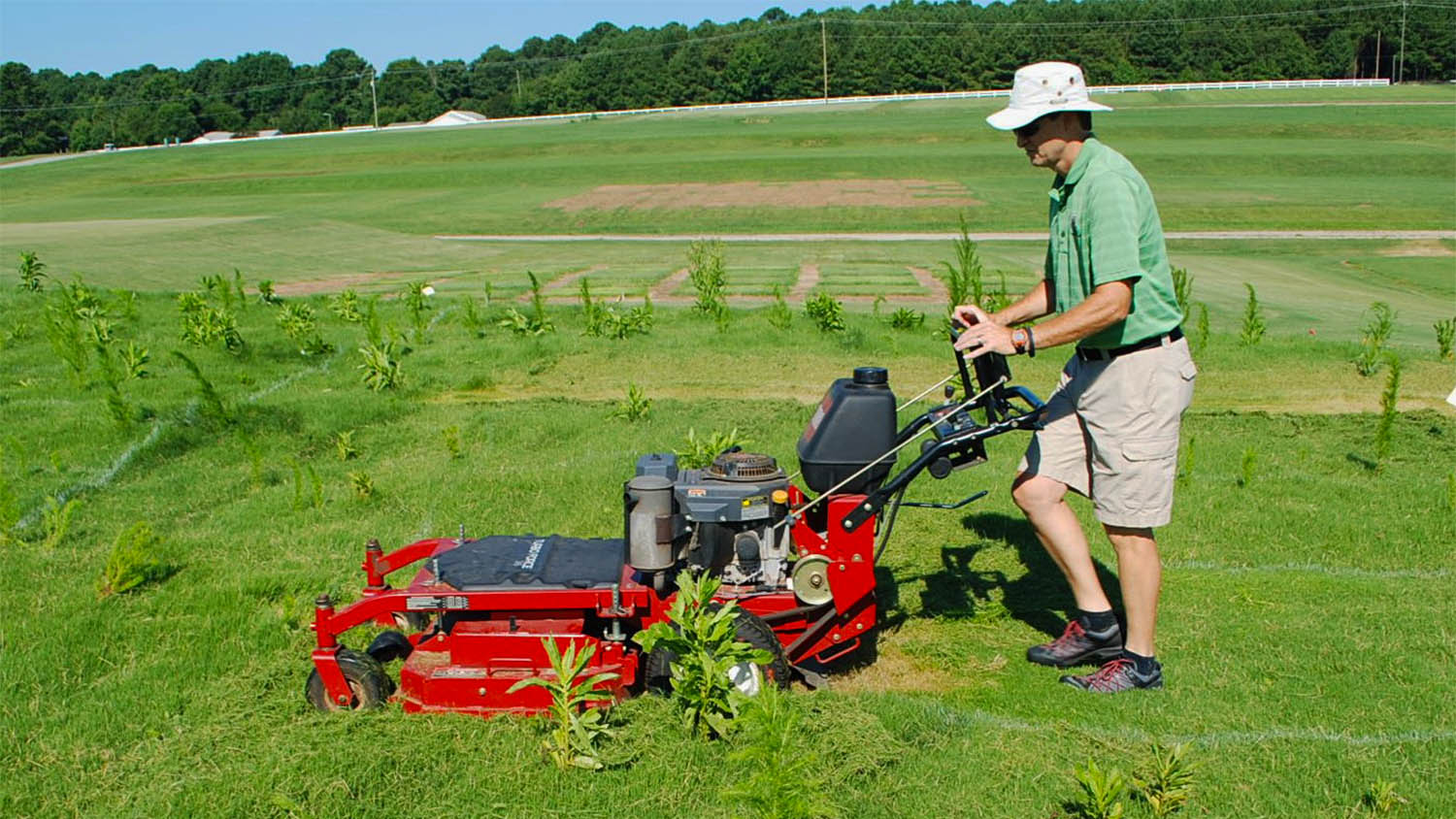
March’s COVID-19 shut -down caught everyone off guard. There was little time to prepare for closings and no one knew how long they would last. Many turfgrass managers and municipal employees were suddenly told to go home.
That’s when the emails and phone calls to Jimmy Simpson began to accumulate. As the current President of the Sports Turf Managers Association (STMA), he heard the concerns and fears of the unknown which members expressed. In good sports leadership fashion, Simspon called in a team, including NC State’s turfgrass management expert Grady Miller.

“When building out the task group I tried to hit as many areas of our industry as possible. I requested Dr. Miller’s help because he is a strong advocate for natural grass and for sports turf managers throughout the world. I knew he would bring that advocacy to the table,” Simpson said.
The Go-To in Turfgrass Management
This wasn’t Miller’s first call to consult on turfgrass management. He was part of a U.S. envoy to evaluate the 2007 Olympic turfgrass venues in Beijing and is a past advisor to many college and pro sports teams including the Chicago Bears and the Italian Soccer Premier League.
“I was honored to serve on the STMA taskforce. We asked ourselves ‘how we can help [sports field managers] get through this shutdown?’, knowing there would certainly be agronomic problems, but also psychological concerns,” Miller said. He and seven other volunteers held weekly Zoom meetings to identify specific member pain points and form a plan of action.
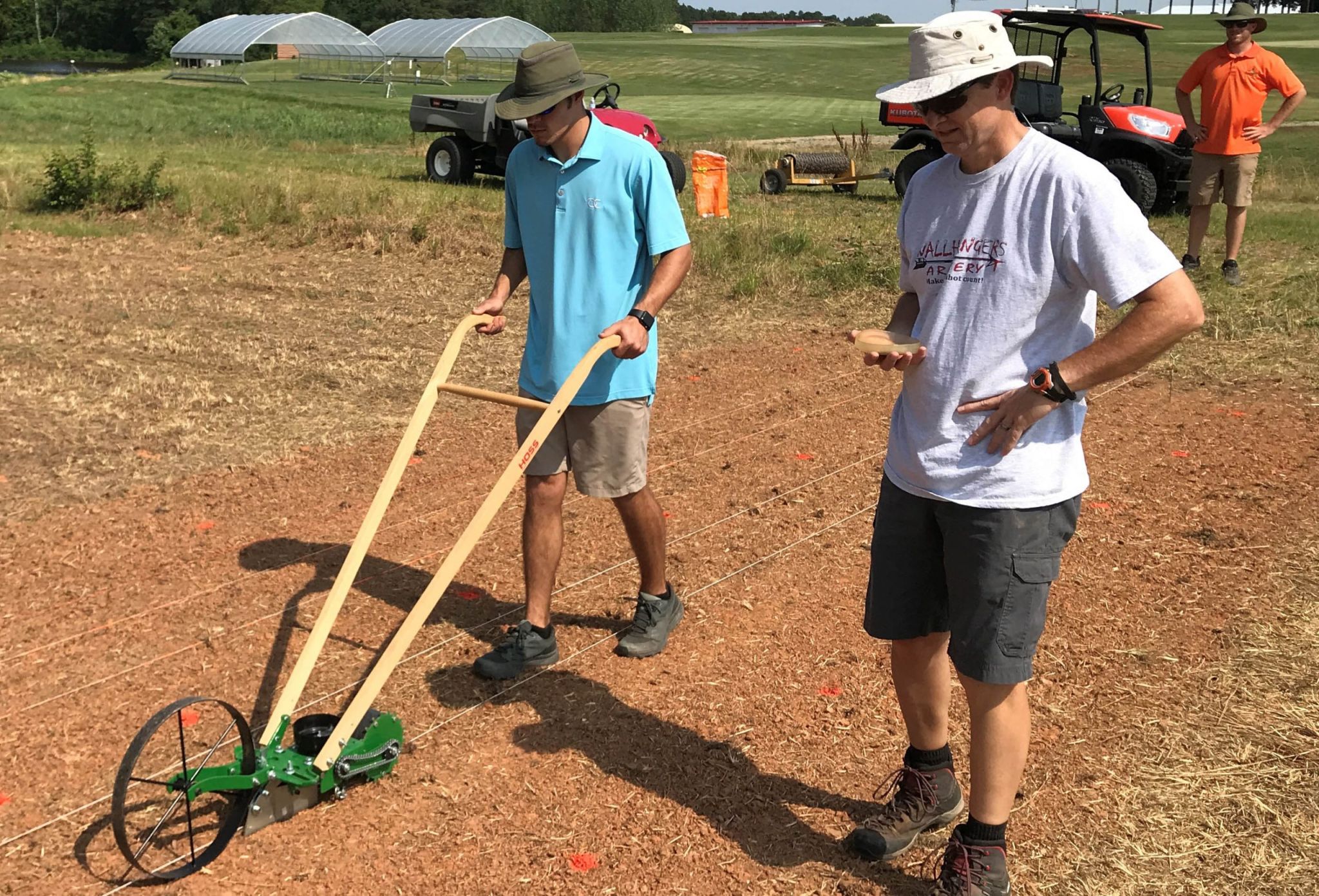
Volunteering for Healing
Throughout the 2020 summer, NC State University offered employees time off for COVID-related volunteer work. While employees contributed to communities in various ways, Grady Miller had a specific calling. “My role was to write and organize literature. A lot of these turf managers were losing budgets, workforce, and the ability to maintain their facilities. [Serving them] wasn’t just about agronomics, but about supporting people who felt at a loss,” Miller said.
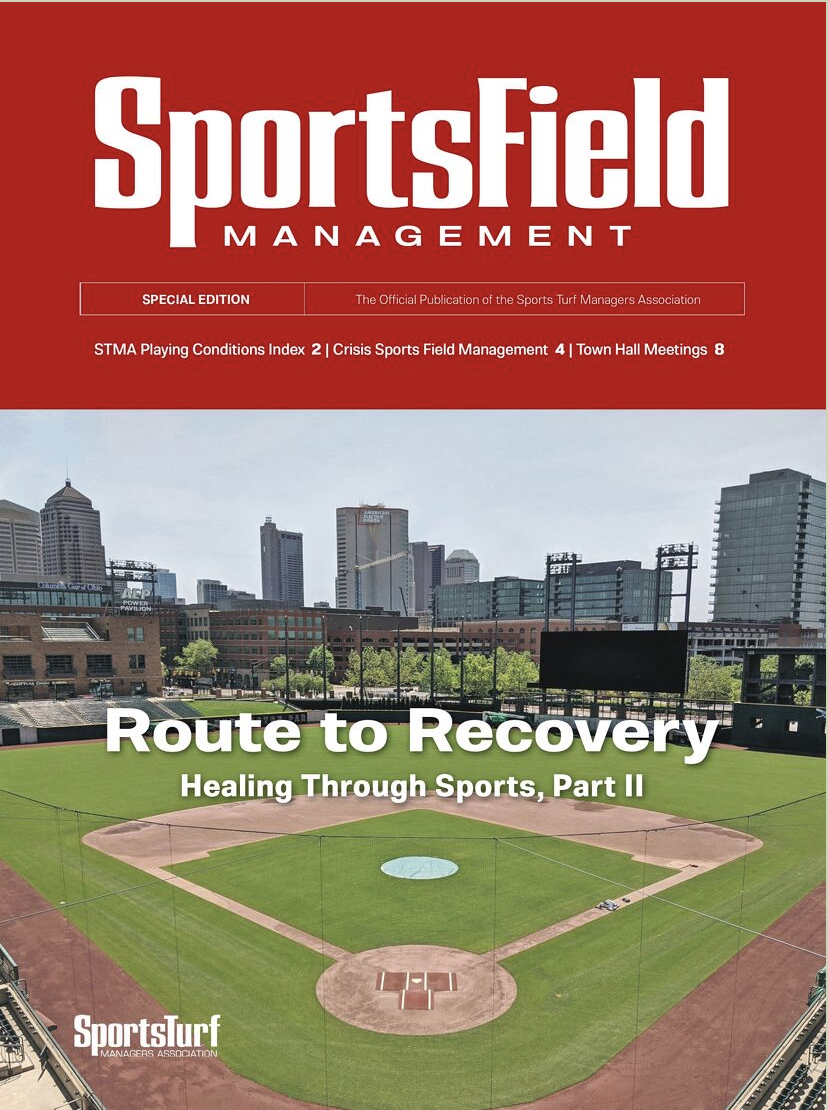 The committee worked through the summer creating several digital publications, Healing Through Sports, Route to Recovery, and the STMA Renovation Guide. They also provided members with an inspirational video, a letter to government leaders requesting field managers to be designated as essential employees, and a series of town-hall-style virtual meetings.
The committee worked through the summer creating several digital publications, Healing Through Sports, Route to Recovery, and the STMA Renovation Guide. They also provided members with an inspirational video, a letter to government leaders requesting field managers to be designated as essential employees, and a series of town-hall-style virtual meetings.
“STMA has had tremendous usage of our Route to Recovery guides. Members have told us these digital guides helped them communicate with their employers on best practices for their fields during the pandemic. They are solid additions to our educational resource library,” Kim Heck, STMA CEO said. “[Dr. Miller’s] expertise, along with his fellow task group members, helped us provide actionable information to our membership to ensure the safety and playability of natural grass sports fields.”
Documenting Turfgrass Recovery
For Grady Miller, the job didn’t end as restrictions eased. He brought the work home. “I realized that we had never documented the techniques to get an abandoned field in shape. We really didn’t know how quickly it could be done. So I told [graduate student] Raymond McCauley to just stop mowing a large area at our turfgrass field laboratory. We needed to test the recovery methodology.”
Starting in March, the team allowed several university turfgrass research plots to grow unattended and untreated, just as those in the public sphere. The grass, and the weeds, shot up. “I tried not to look at it,” Miller sheepishly admitted. Then in late July, his team resumed treatments and mowing as normal.
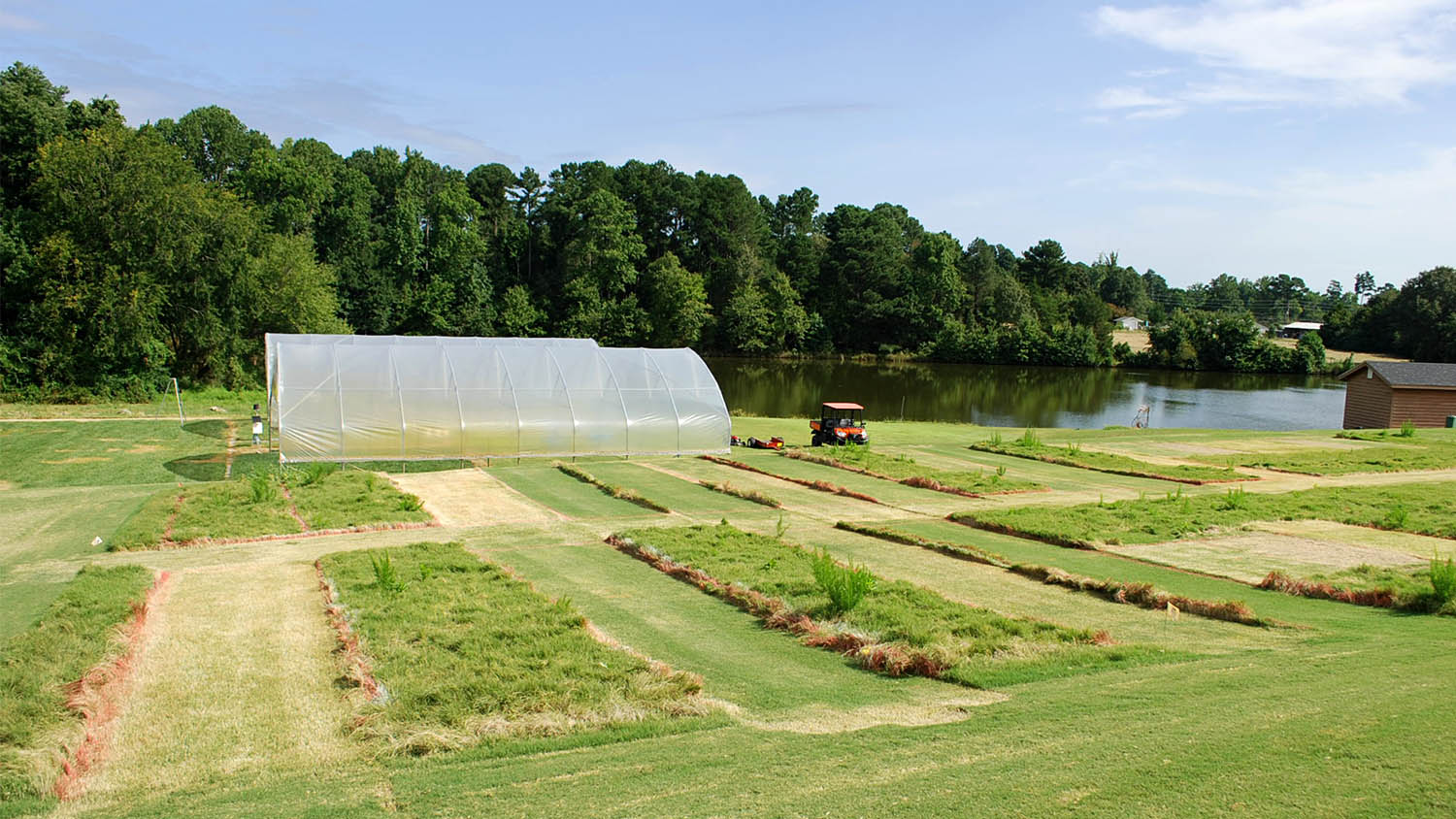
“The change wasn’t overnight – the Panthers couldn’t just play on it the next day. But we’ve proved that with specific treatments, you can take a field that looked like trash and turn it into something fit for a world-class facility. It’s a process, but our techniques work.”
Miller is pleased that graduate students had the opportunity to get experience outside their normal projects. He plans to continue the turf recovery testing to validate his findings. Results will be shared in future publications and field days. But his volunteerism on STMA’s volunteer task force produced unmeasurable results – pride in serving members. “The organization recognized its members’ needs and didn’t constrain our response. We just wanted to help them get through this experience and be ready for whatever came next.”
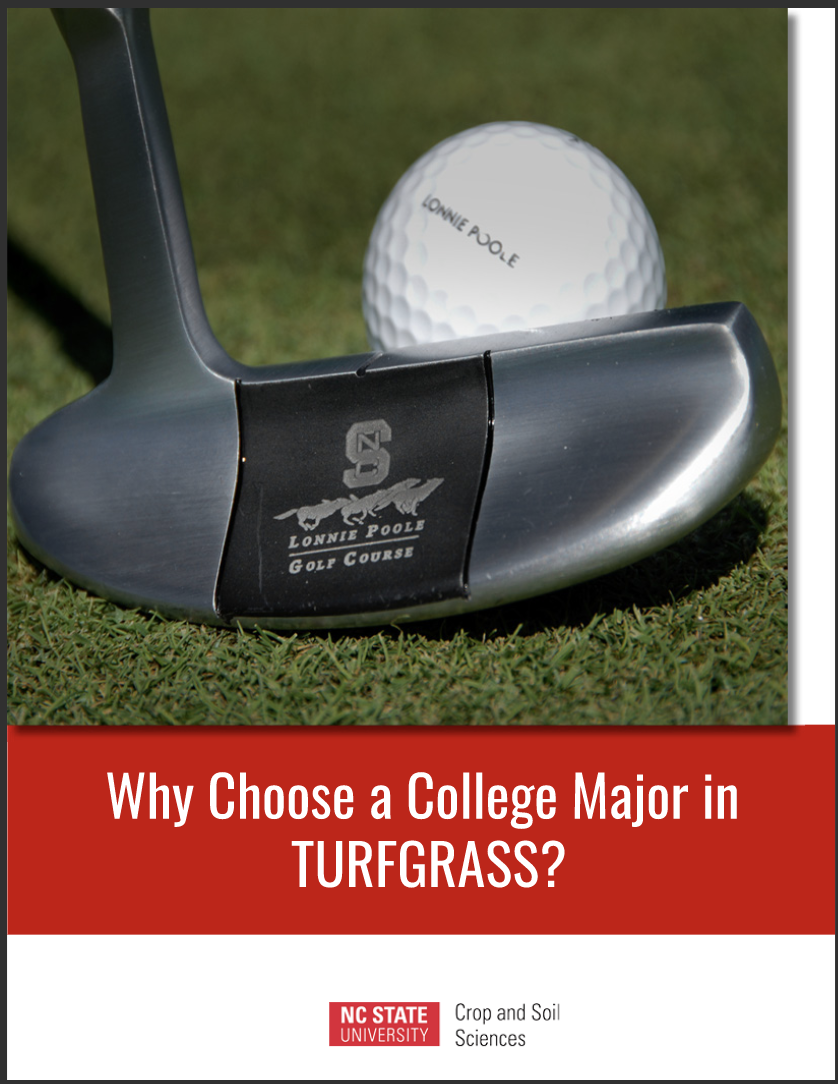 Looking to Make Your Own Impact?
Looking to Make Your Own Impact?
Crop and Soil Sciences’ research impacts turfgrass professionals in many industry segments. If you are a student interested in turfgrass, take a deep dive into our agronomic turfgrass degree program. Then join us for a guided email tour of our department and university. We want you here.
Enhancing North Carolina’s sports fields and landscapes is just part of how we are growing the future.
- Categories: